When it comes to manufacturing technologies, nothing beats the fame and recognition of CNC machining and 3D printing. Both technologies make the job easier for manufacturers, allow more complicated designs, and maximize the overall benefit at little to no additional cost.
However, the question remains which one is the better alternative? CNC vs 3D printing is an old debate with no clear answer.
Both technologies have their merits but the right choice for you depends on a plethora of factors. This text will take a brief look at CNC machining vs 3D printing and discuss some of the main factors or considerations that determine the right kind of technology for you.
CNC Vs 3D Printing: Subtractive and Additive Manufacturing
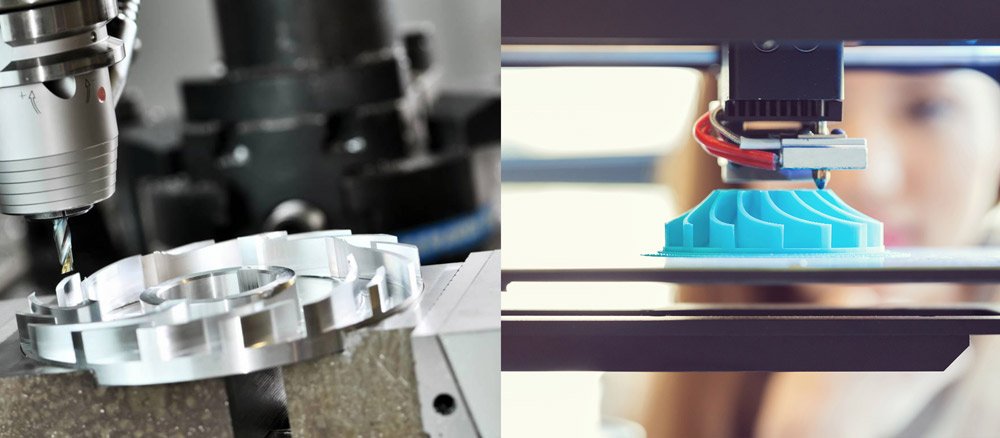
Before delving further into the debate between CNC and 3D printing, it’s important to have a basic understanding of both technologies and the manufacturing process.
CNC and 3D printing are two popular technologies used in manufacturing. CNC stands for Computer Numerical Control, and it involves starting with a block of material and using a computer-controlled machine to remove the material until the desired shape is achieved. This is known as subtractive manufacturing.
In contrast, 3D printing, also known as additive manufacturing, involves building up a part layer by layer using a computer-controlled printer. This technology adds material rather than removing it, resulting in less material waste.
Both technologies have their advantages and disadvantages, and choosing the right technology for a particular application depends on factors such as the complexity of the part, the required precision, and the material properties. For more different differences between additive and subtractive manufacturing. The next sections will take a brief look at their fundamentals.
CNC vs 3D Printing: 10 Considerations Before You Choose Between the Two
One of the most important decisions any product designer or engineer makes before the start of production is when selecting the manufacturing method for the product. It’s imperative to find the perfect balance between cost, speed, and accuracy for the best performance and maximum profit. If the product leans toward one parameter at the expense of other, the final result would be far from what you need. That’s why the design phase takes so many resources as you’ll need to balance both the technical factors and the overall costs.
When deciding on CNC vs 3D printing, there are a lot of considerations in addition to the constraints of speed, time, and cost. Here are some of the most important considerations for any business deciding between the two technologies.
Selecting the Ideal Material for Your CNC or 3D Printing Project
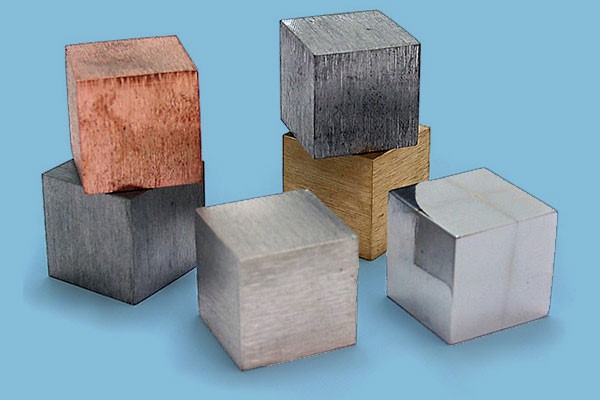
The first consideration is perhaps the most important one as the material is still the biggest technological constraint for 3D printing. It’s possible today to 3D print different materials ranging from metals to ceramics. However, there are still many limitations when it comes to the overall mechanical properties of your part.
For instance, 3D printed metal parts don’t come with that much fatigue strength and may also need a lot of heat treatment before they are ready to use. This can cause the overall cost to skyrocket and make the process unfeasible for your business. CNC machining would be a better choice in this regard as it can quickly process metal and doesn’t require any heat treatment.
Contrary to that scenario, there are many materials where 3D printing would be a better choice as well. In the end, it all comes down to the specifics of the project and you have to decide while considering all the related factors.
What Is Your Expected Production Volume
This is another important consideration that determines the right manufacturing process for you. The manufacturing industry has relied on the economies of scale concept for the longest time. This means that the more parts you produce, the more cost-effective your production will be. Today, both CNCs and 3D printing play a part in volume production.
On one side, CNC machines automatically create the required part with minimal human input while working 24/7. On the other hand, 3D printing is a common choice for creating prototypes and even complex molds for further volume production using methods like the casting process. However, if volume production is the deciding factor, most go with CNC machining because of the cost overheads and the fact that there is no other process involved.
What Is Your Part Size
Another essential consideration while deciding between CNC vs 3D printing is the size of the part. Generally, CNC machines can handle bigger parts because of their size. 3D printers have so many associated costs that make going beyond a certain size unfeasible. In this case, the best approach is to consider the specifics of the project. However, the general principle that CNC is a better choice for larger parts holds true in most cases.
CNC Machining or 3D Printing can Handle Your Complex Design
This is an area where 3D printers shine. Since they develop directly from the CAD model, there are almost no designs that 3D printers can’t handle. Machining, whether traditional or CNC design requires a lot of input from experts to ensure that there are no hindrances to the cutting tool. Thereby making a lot of complex designs either impractical or impossible.
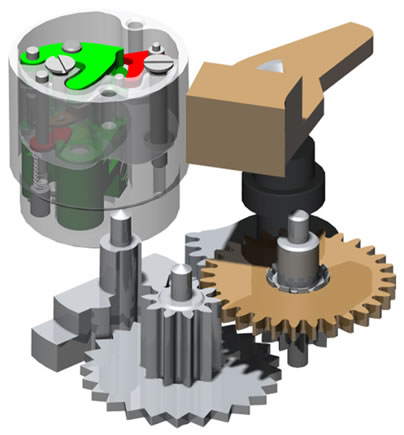
On the other hand, 3D printing is not only free from all these restrictions. It can also go a step above and handle hollow designs and other features that are not possible for other manufacturing techniques.
Selecting CNC or 3DP with Dimensional Accuracy in Mind
The dimensional accuracy you need will also have an effect on the right technique for you. Both CNC machines and 3d printers are quite accurate and deliver consistent results. However, CNC machines still depend on the initial input from the operator and the G/M codes. 3D printers don’t have that issue and give you consistent results. Their difference is, however, quite small and negligible for most common applications. Therefore, CNC and 3D printing stand toe-to-toe in this regard.
How Different 3D Printing and CNC Create Beautifully Finished Products
This is one area where CNC machines are the clear winner. Given the right conditions, CNC machines will deliver a better-quality surface finish when compared with 3D printers.
The main reason behind the difference is the fact that 3D printers are designed for prototypes and parts that need further processing. CNC machines are made to create final products that are ready for the market, so their surface finishing capabilities are much more advanced.
Cutting Speed Is a Key Factor
Generally, CNC machines can cut out pieces much faster than 3D printers. However, the overall time is not dependent on the cutting rates only. The machine’s starting time and other pre-processing requirements along with other factors determine the overall speed of the process. The size also plays a part. The general rule of thumb is that for smaller pieces, 3D printers are a quicker option as they start making the part immediately. However, CNC is the right choice for larger parts.
What Are Your Post-Processing Requirements
Generally, CNC machines deliver a part that is 100% ready for the market. 3D printers are a little different. Their common applications are related to prototyping or assisting in mold creation. For both cases, a rough surface finish works just fine. Otherwise, you’ll have to further process the part before it’s ready for any other application.
Apart from that, metal 3D printed components even have another requirement of heat treatment. Because of how 3D printing works, the developed part doesn’t have much fatigue strength and impact properties. Heat treatment allows the internal structure to set better and deliver better performance. However, it still doesn’t work as well as CNC parts.
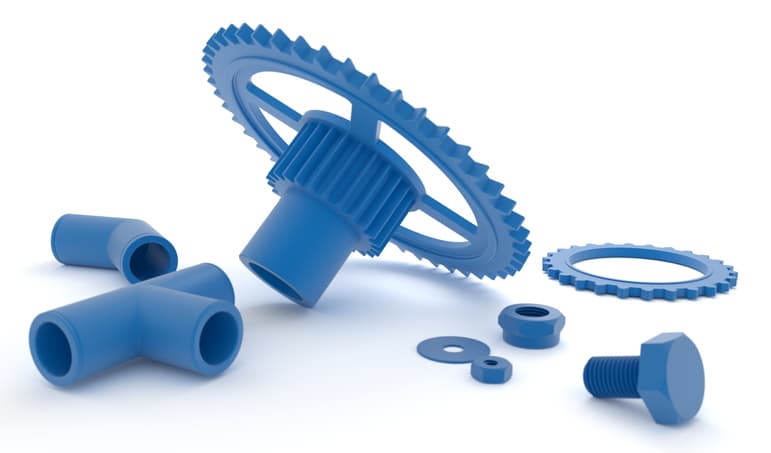
If You Need Eco-Friendliness Products
Both CNC and 3D printing materials can work with a plethora of materials. The CNC process is generally free from harmful materials while 3D printers use more thermoplastics for prototyping. If used correctly, they can be a great way to recycle the plastic that would otherwise remain in circulation for the longest time. Therefore, depending on your application and commitment to the environment, both CNC and 3D printing can potentially be eco-friendly options.
What Is Your Manufacturing Budget
Both CNC and 3DP have some associated costs. For smaller one-off parts, 3D printers are the best choice. However, volume production requires consistent operations and CNCs are the better options for it.
Consider the example of an automobile to understand it better. You’ll need the best quality and technical factors because of the application. Similarly, it’s natural to look for solutions that cost less because of the competition in the market and the basic fundamentals of business feasibility. Speaking of competition, it’s also integral that the process you select should be quick enough. If you are making one component while your competitors make 10 in the same timeframe, your business will naturally lose revenue in terms of opportunity costs.
Whatever you select, both cases would need significant capital and operational expenses. For smaller parts, 3DP is more cost-effective. However, the alternative can be true as you increase the production requirement or reduce the time required.
Related:
- 3D Printed Motorcycle Parts: Making High-End Custom Parts
- Custom CNC Machining Parts for Motorcycles
Key Similarities Between 3D Printing and CNC Machining
Naturally, both 3d printing and CNC machining are entirely different technologies with separate applications and focuses. However, there is one huge similarity between them as well. Both CNC machining and 3D printing start from a CAD model. For CNC, the model acts as the reference for the G/M codes while 3D printers use it directly to start producing the layers that make up the final part or product.
RapidDirect: The One-Stop-Shop for All Your Rapid Prototyping and Production Needs
When it comes to manufacturing, there is nothing that can replace experience. That’s why many businesses favor using third-party manufacturing services to ensure consistent and accurate results. Such services allow you to maintain the same level of quality in your products without spending an exuberant amount in the form of capital investment. For the best CNC machining services and 3D printing services, perhaps the most natural choice for your business is RapidDirect.
RapidDirect distinguishes itself with its versatility and focuses on quality. We have a series of stringent quality checks that maintain the standards and give you the best. Similarly, we also have one of the simplest customer onboarding processes. Our online manufacturing platform can allow you to get instant quotes for your design. Simply add your design along with all the relevant information and that’ll be good enough to get started.
Making the Choice: CNC Machining or 3D Printing for Your Project
What Is 3D Printing
3D printing is a famous and flexible manufacturing technique with numerous advantages and industrial applications. The term is interchangeable with additive manufacturing, which is an umbrella term for all techniques. Additive manufacturing units fabricate any section in layers which allows better design flexibility and versatility. Moreover, 3D printing is also a faster and more recommended method for rapid prototyping as its faster and more cost-effective for smaller batches.
Another important thing about 3D printing is it has numerous types. This means more freedom to choose between the material, technique, speed, finish, printing cost, and other technical factors to get the exact results you want for a project.
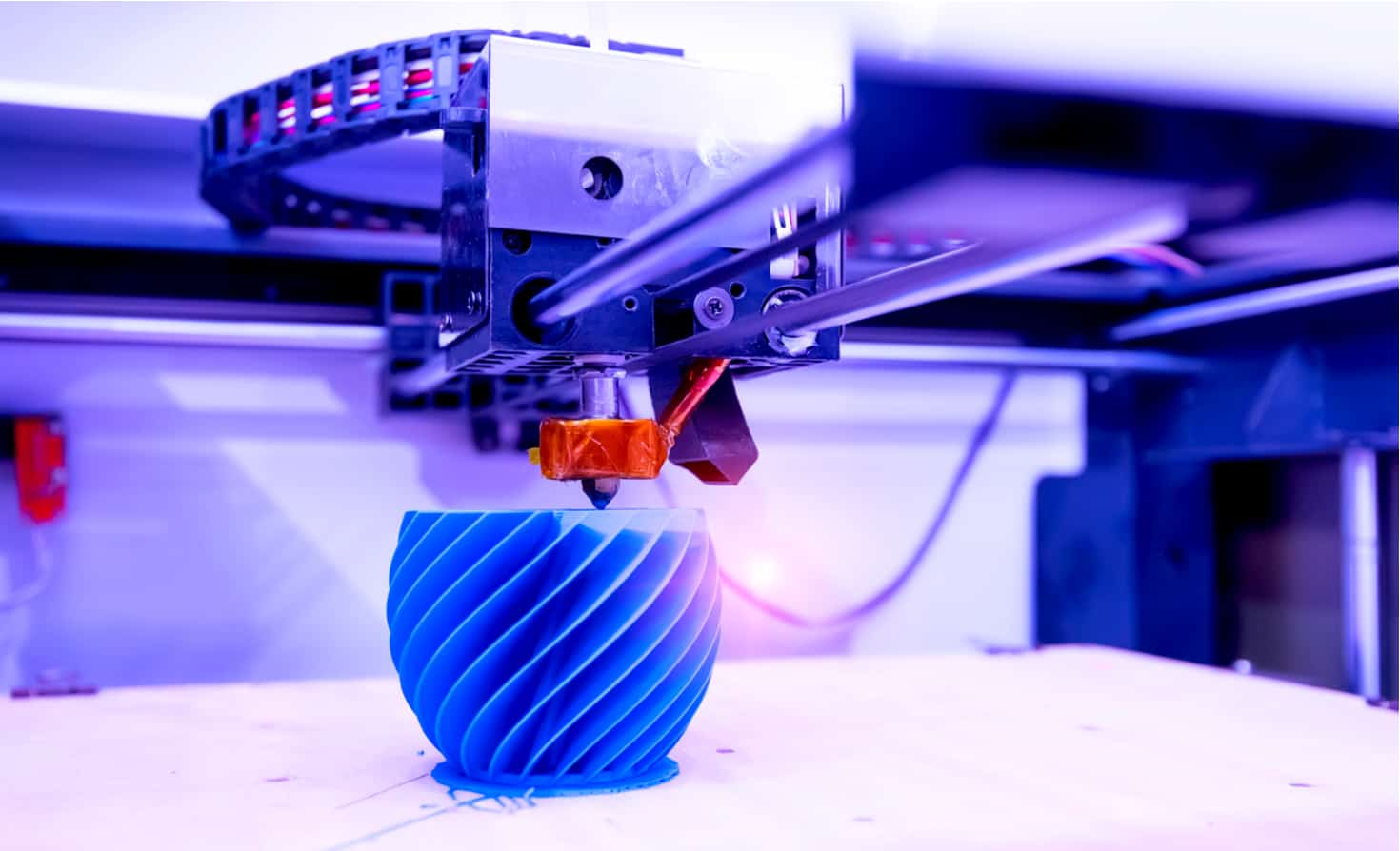
Modern industry uses numerous methods to obtain favorable results from 3D printing technology. However, the following 3D printing techniques are the most common across the industry:
- Binder Jetting
- Material Jetting
- Material Extrusion
- Vat Polymerization
- Powder Bed Fusion
- Direct Energy Deposition
- Sheet Lamination
There is a common misconception about 3D printing that it’s only limited to thermoplastics and other similar compounds. However, the reality is quite different now. Today, 3D printing metals, bio-compounds, ceramics, and other materials are also possible, which adds to the overall versatility of the technology.
The misconception related to the use of thermoplastics only comes from the fact it is still the most commonly used material for 3D printing applications. One of the most important uses of application is rapid prototyping of products to test out the design liability. Thermoplastics are a perfect choice for that as they cure faster and are relatively cheap.
There are still some limitations of the 3D printing technology related to volume production because of associated costs and time requirements. However, the technology is advancing at a rapid pace and has a lot of potential for industrial applications.
What Is CNC Machining
CNC machining is an advanced process that replaces human input from machining. A CNC machine uses a computer to gauge the required movement of the machine’s cutting tool and give the most accurate results. For CNC, the process starts with the CAD model which the computer uses to translate into either G-codes or M-codes. These codes are specialized languages that the CNC machine understands to create the shape you desire.
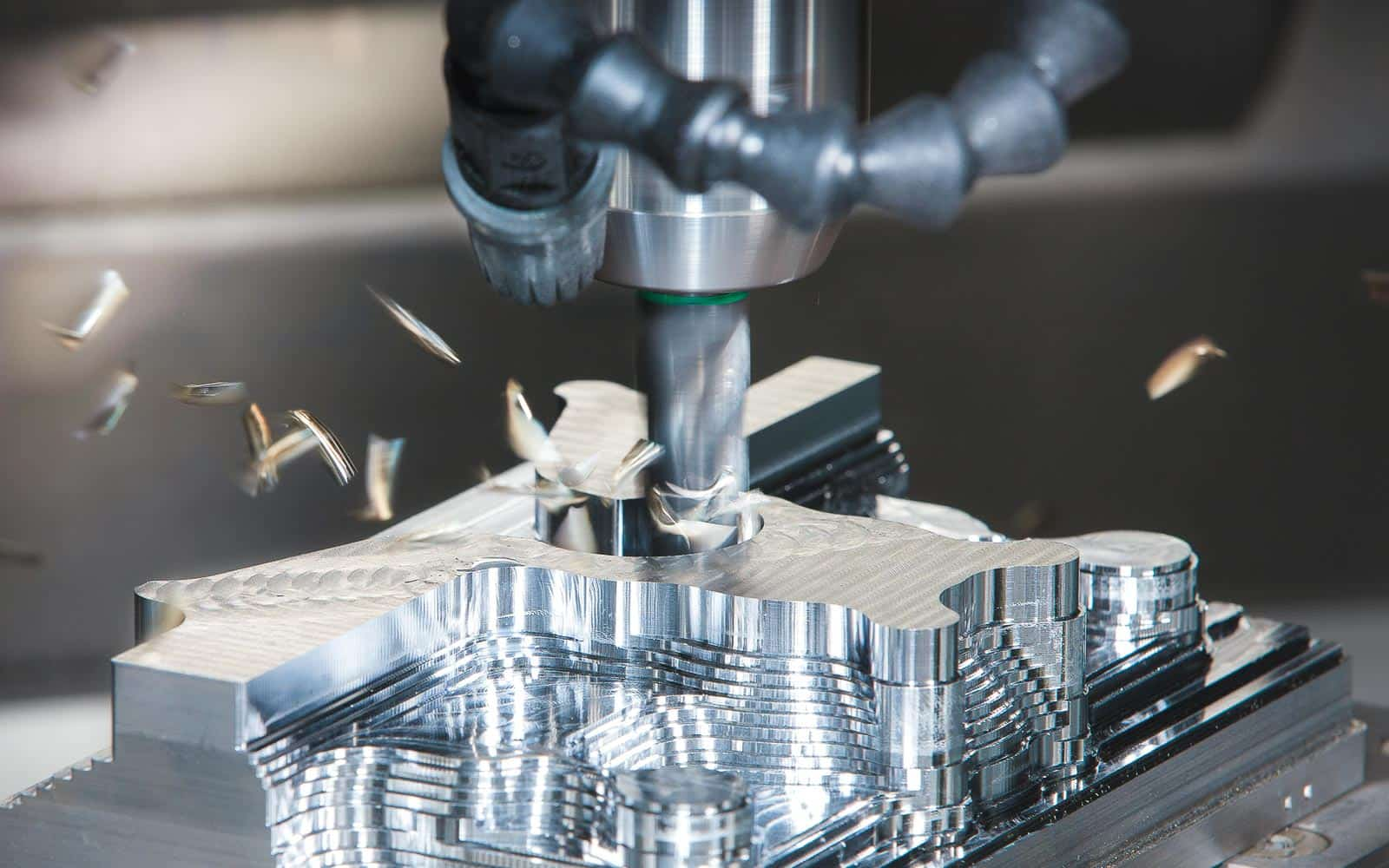
Apart from the excellent accuracy, one thing that makes CNC machining so favorable for the industry is repeatability. If you compare it to the traditional machining approach, it depends on the overall skills of the operator. Moreover, the results would vary greatly because it’s impossible for the operator to perform in the same way throughout the day. CNC machining doesn’t have that problem as computers are in full control of the system and require little to no human input.
With CNC machines, you can experience a plethora of benefits starting from increased efficiency to increased production speed, and lower costs at minimal risks. This increases the technology’s feasibility for any business and is one of the most important reasons behind its overall global acceptance.
Is CNC Machining Better than 3D Printing?
Anyone associated with the field of manufacturing knows that there is no single solution that solves all the production problems of any industry.
Both CNC and 3D printing are viable solutions to a lot of manufacturing issues but it’s almost impossible to declare one as the better alternative to the other. Both technologies have their sets of advantages and disadvantages that finally determine which technology is the better alternative for you.
For instance, consider the example of 3D printers. They offer excellent flexibility and make it possible to create even the most complex objects. However, the cost per part they offer remains the same no matter how many parts you create. On the other hand, CNC technology allows you to achieve economies of scale, which can reduce your overall costs to a significant degree.
Similarly to that, there are countless other examples where both 3D printing and CNC can get the job done but you’ll have to make a choice by considering the time, budget, and other technical factors, which makes selecting the better technology among CNC and 3D printing really difficult.
Congratulations on making a decision for your project’s manufacturing process! We’re here to help you take the next step. If you have a design ready, simply upload it and get an instant quotation from our team of experts. Our state-of-the-art manufacturing facilities and cutting-edge technology ensure that we can deliver high-quality products that meet your exact specifications. Let’s bring your project to life – get started now!


